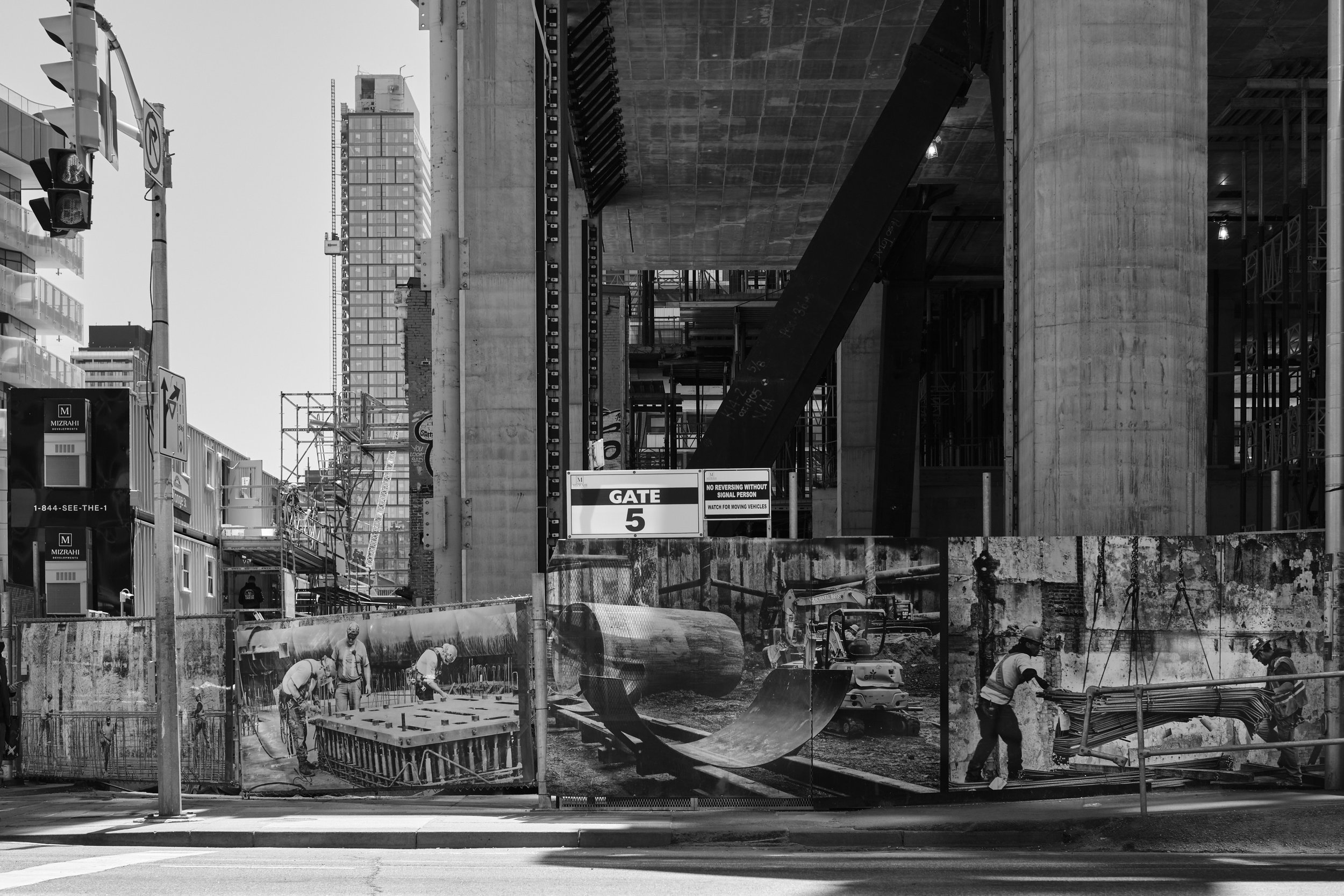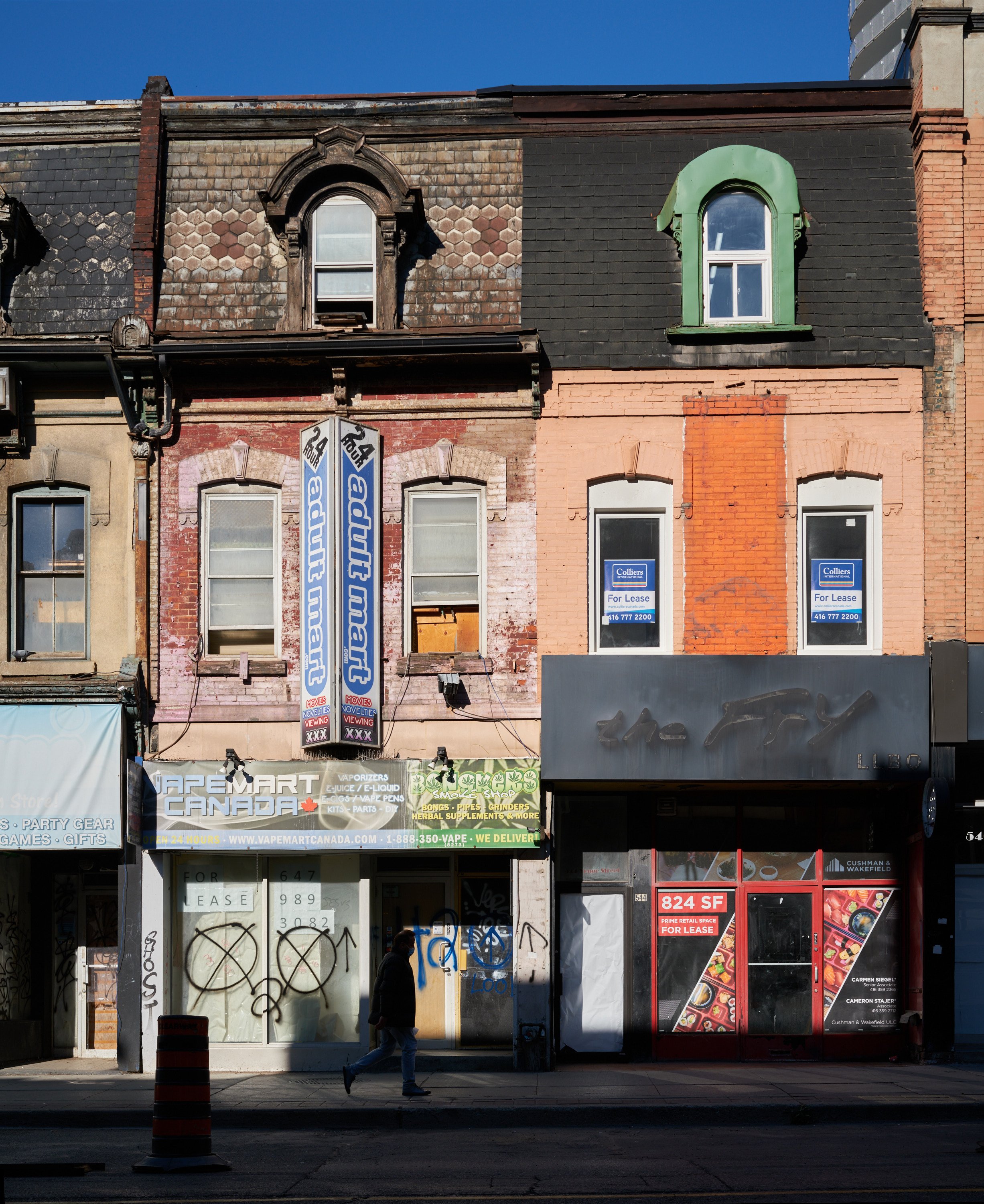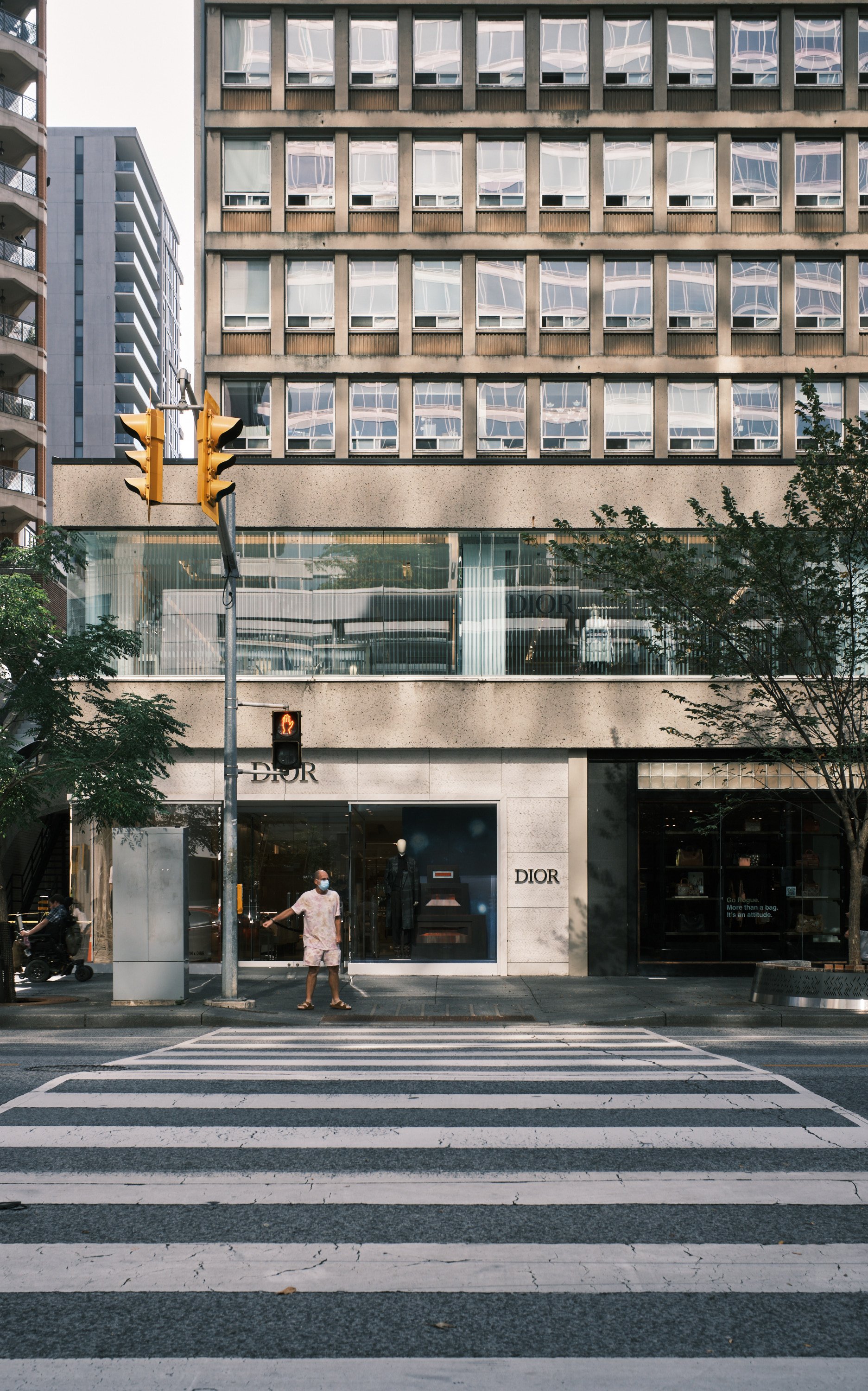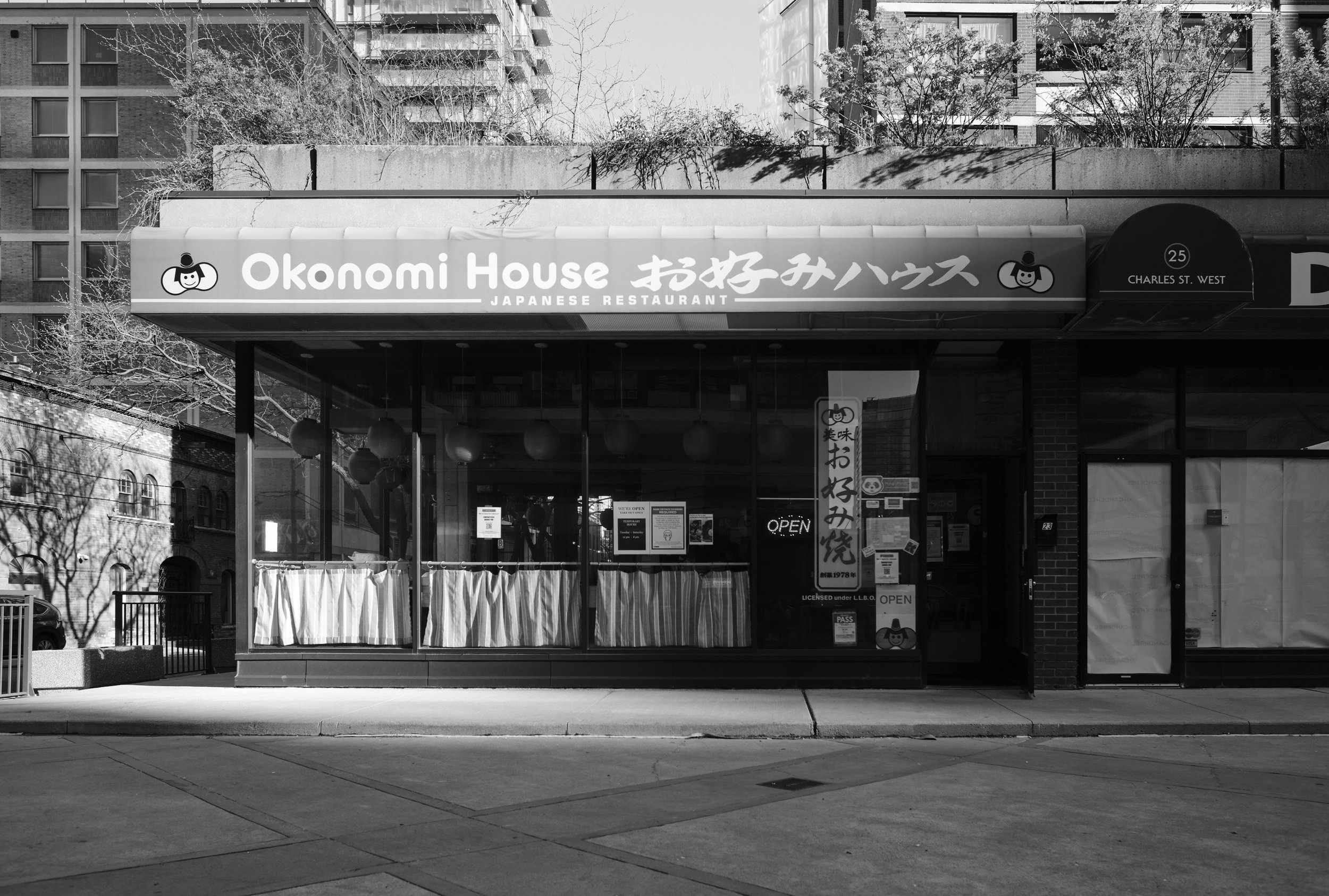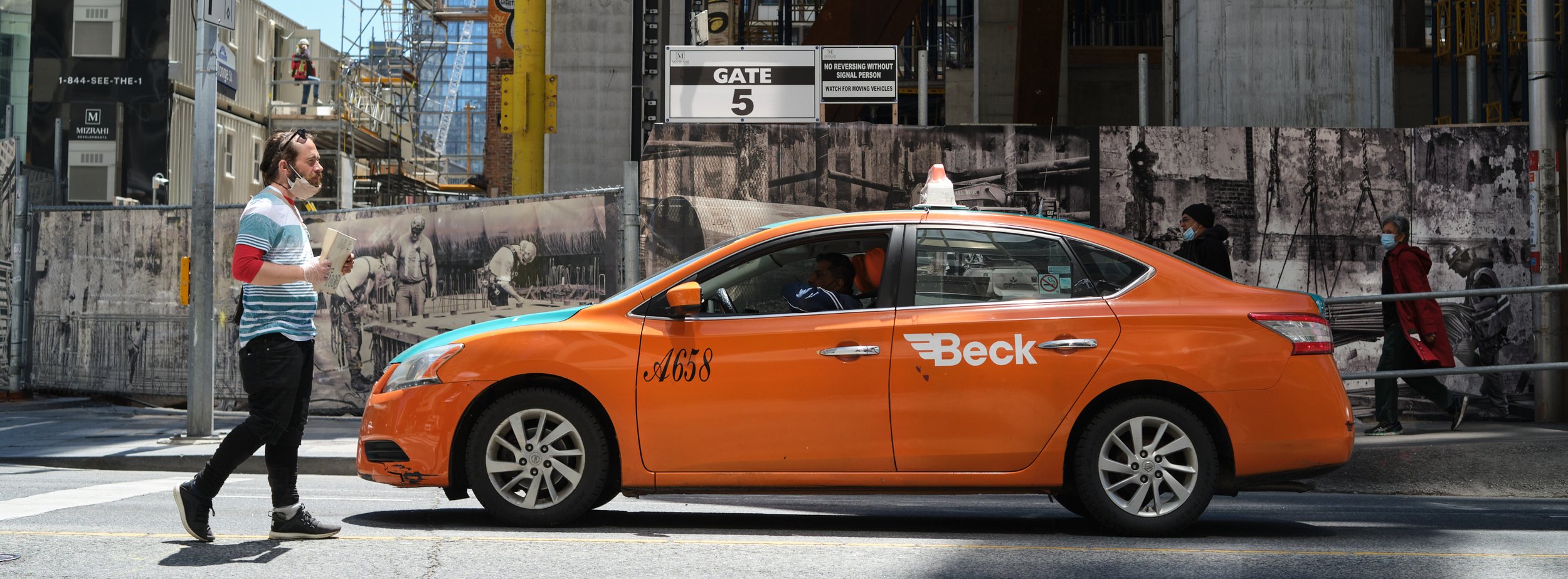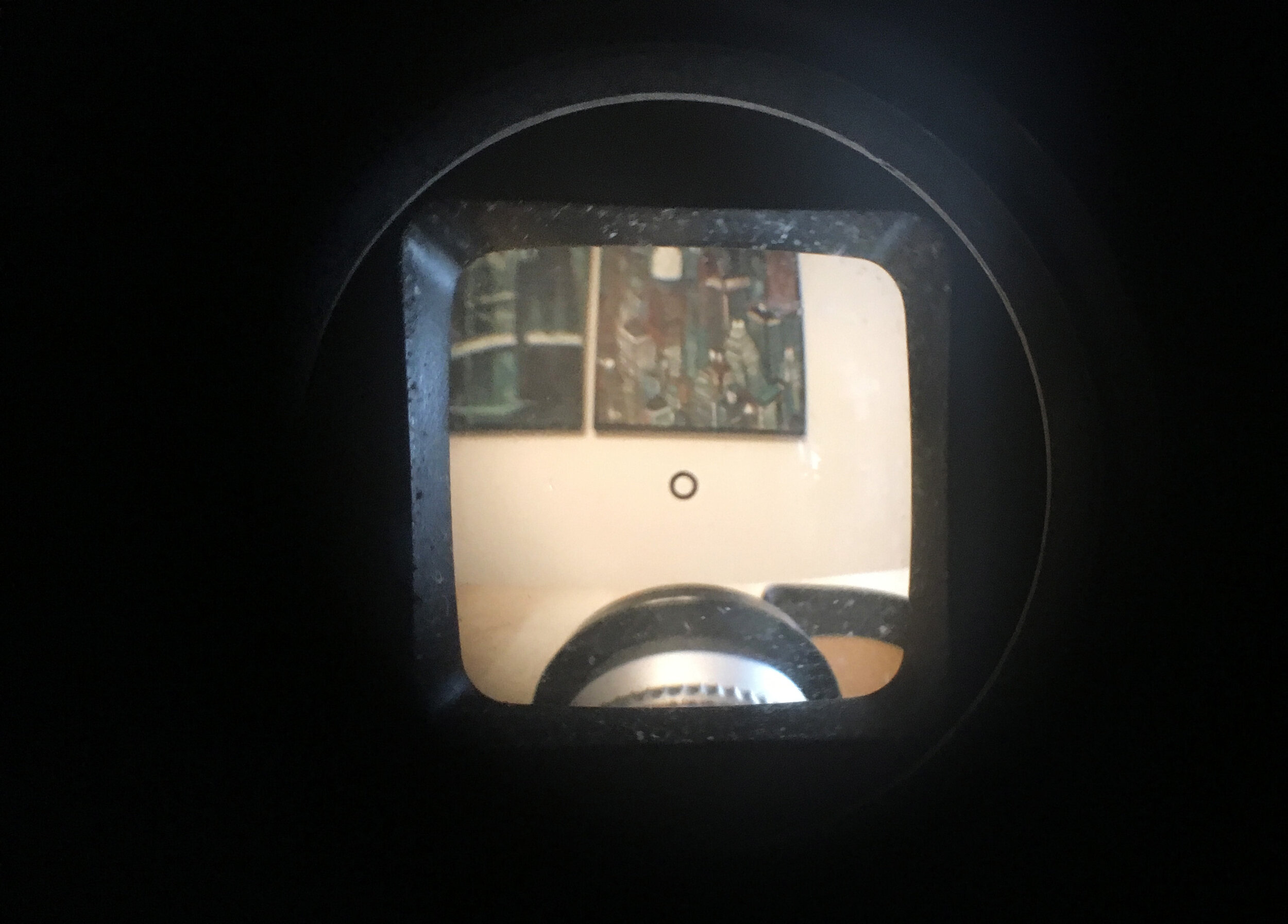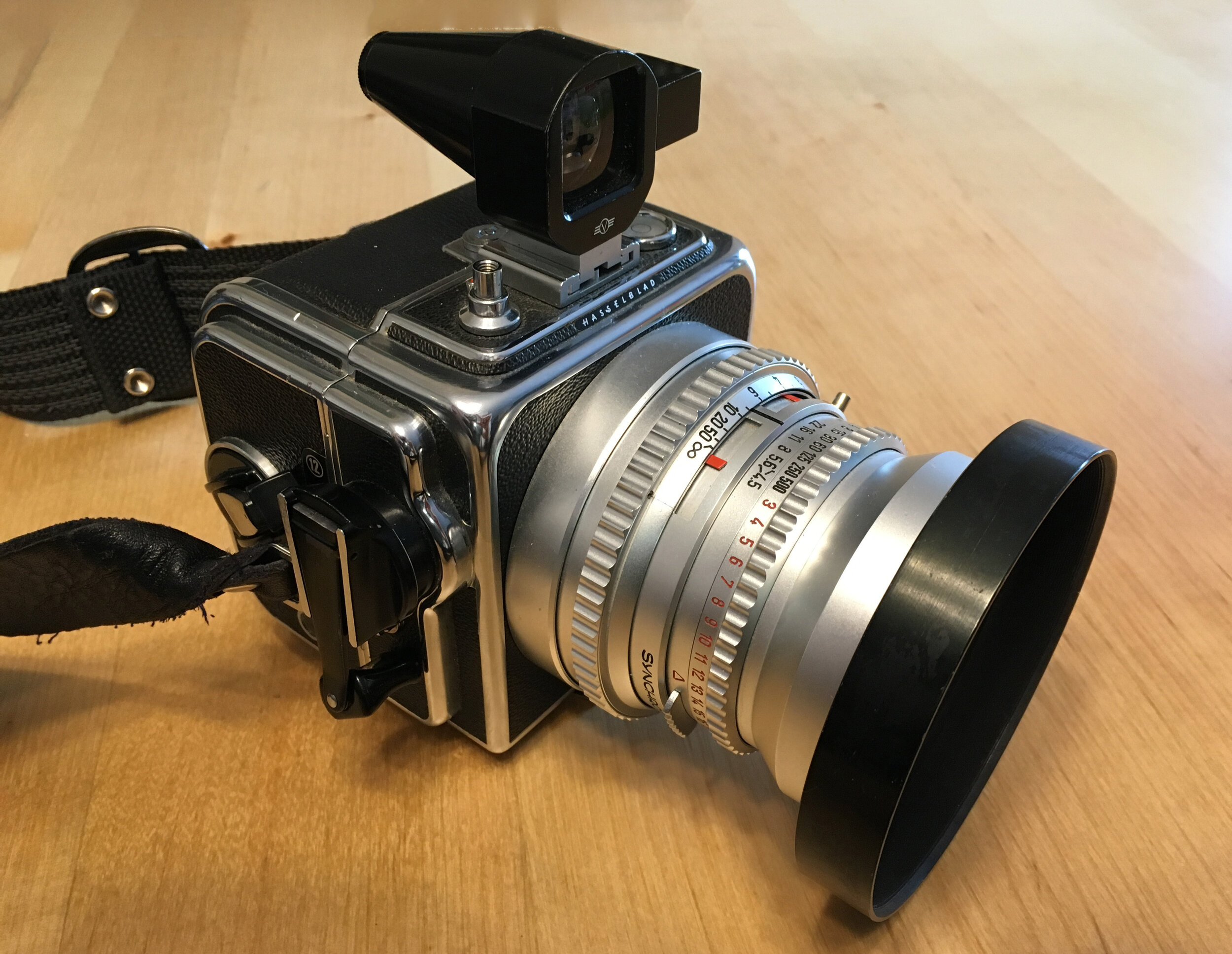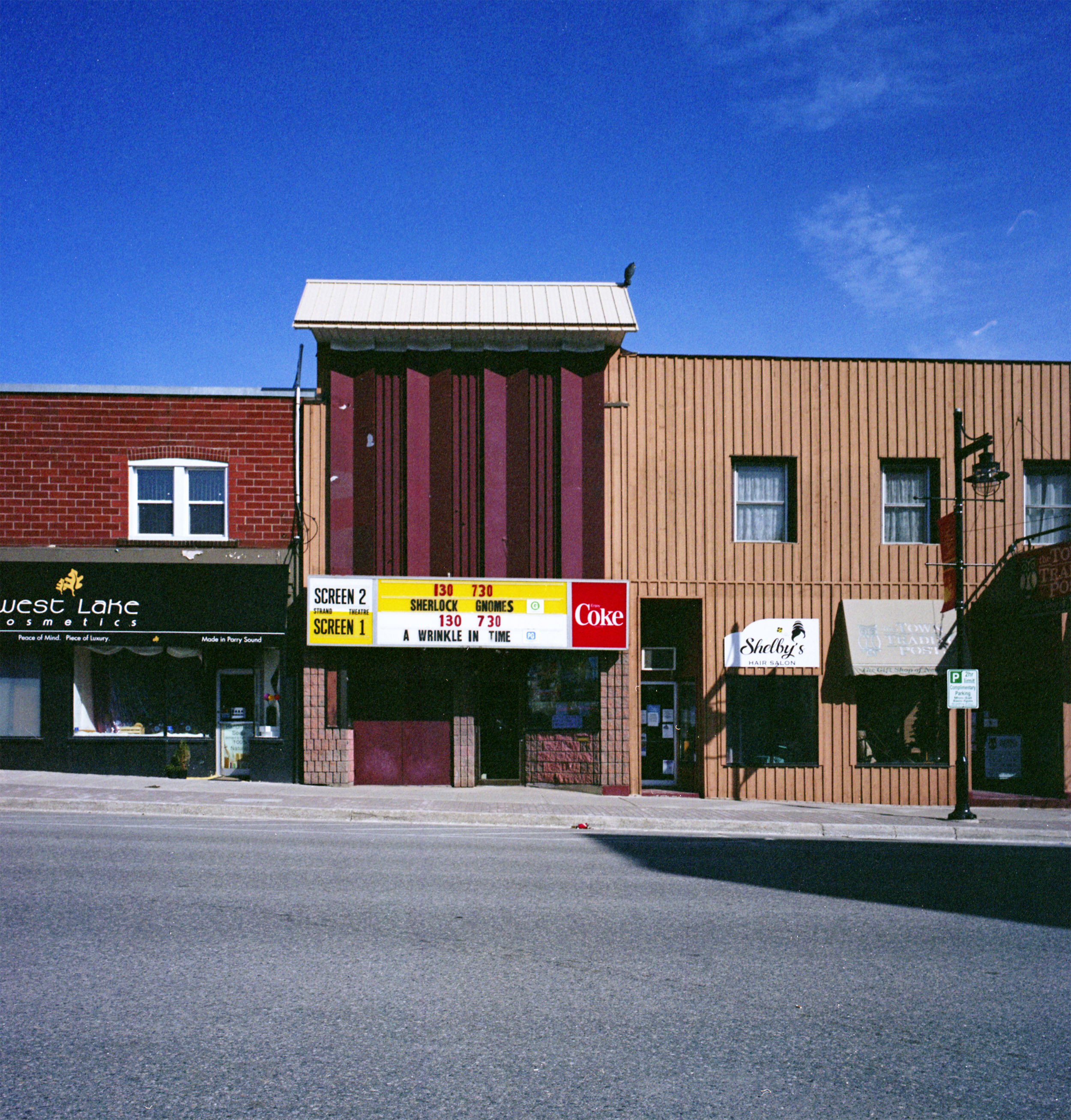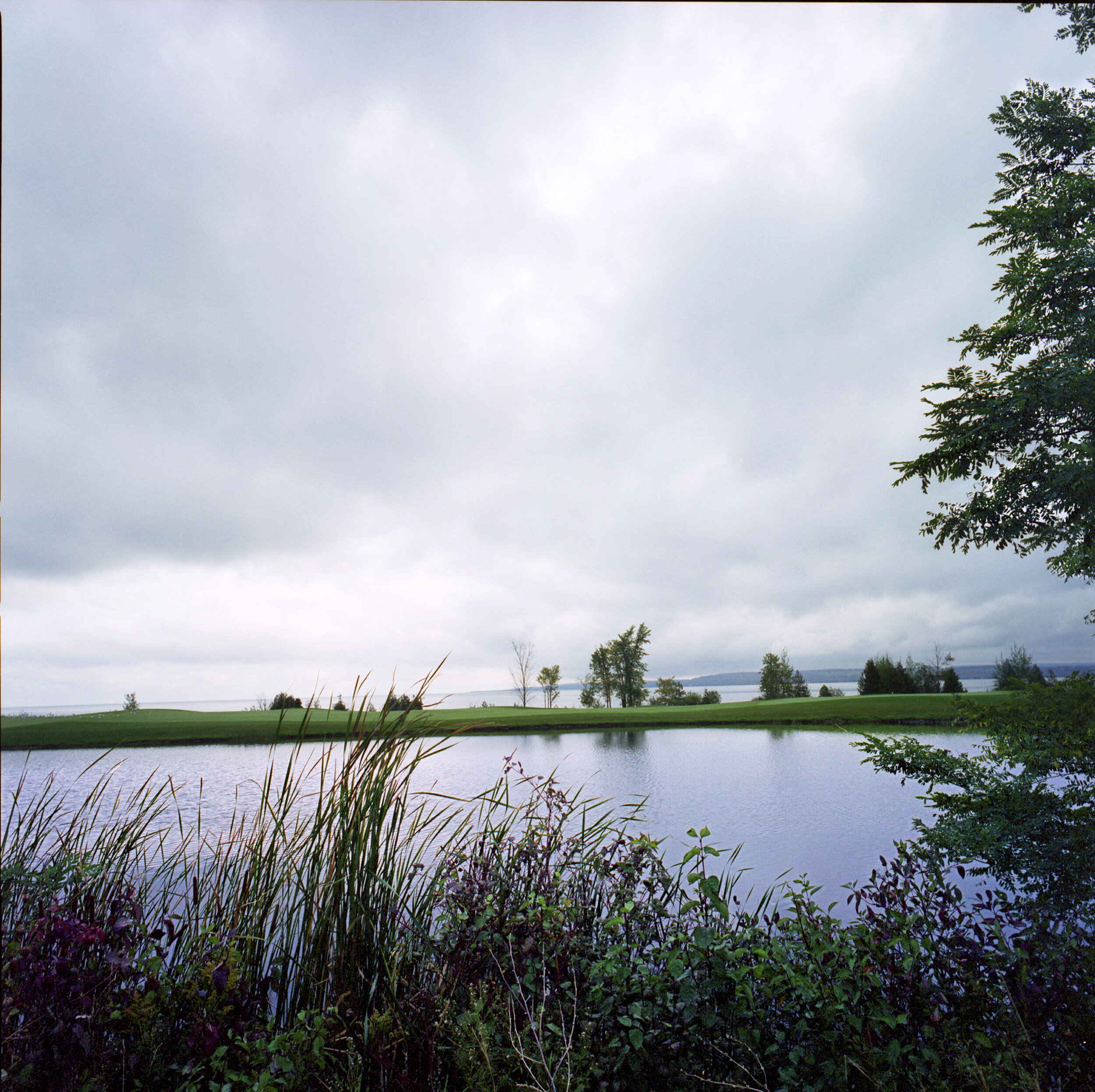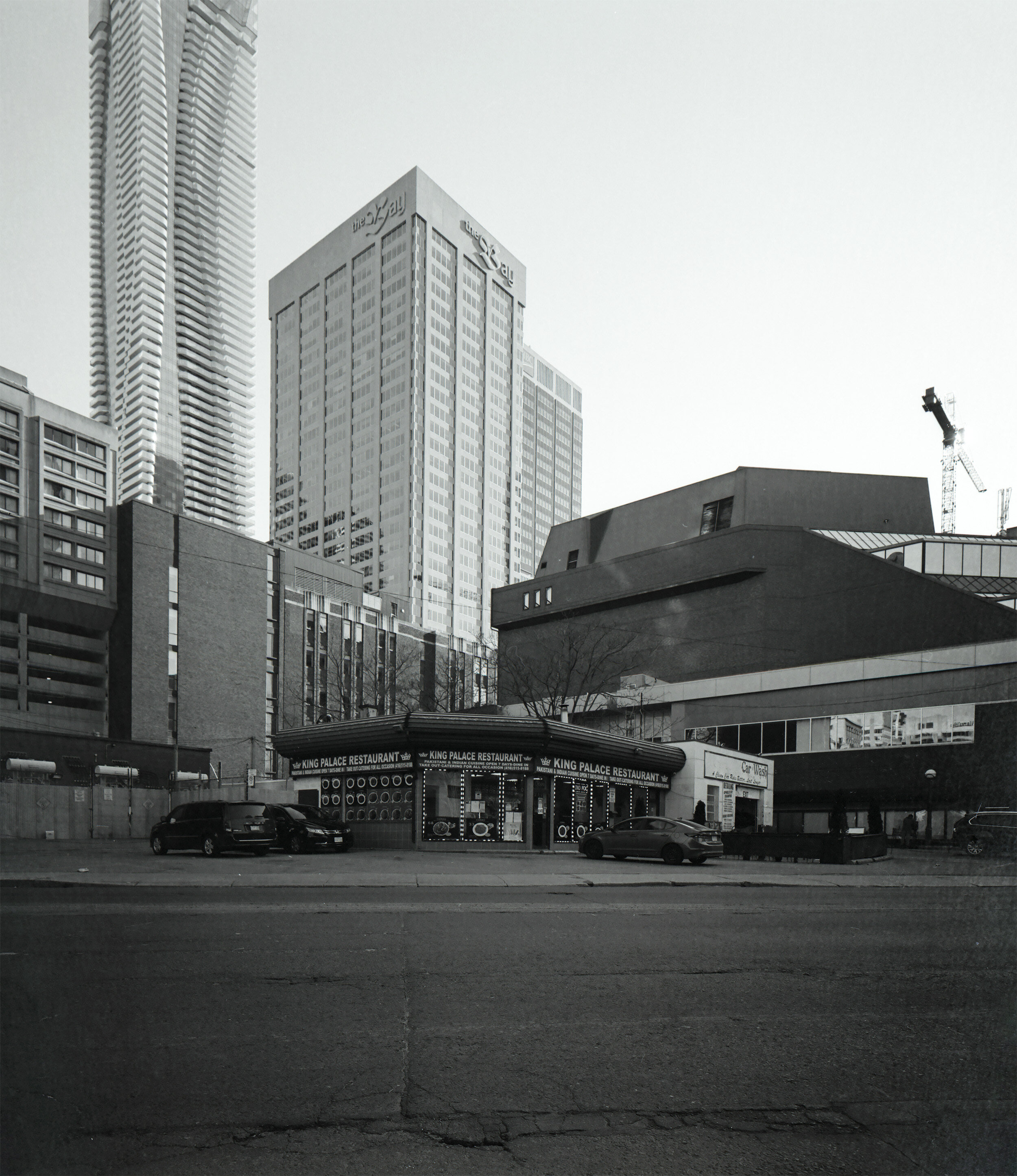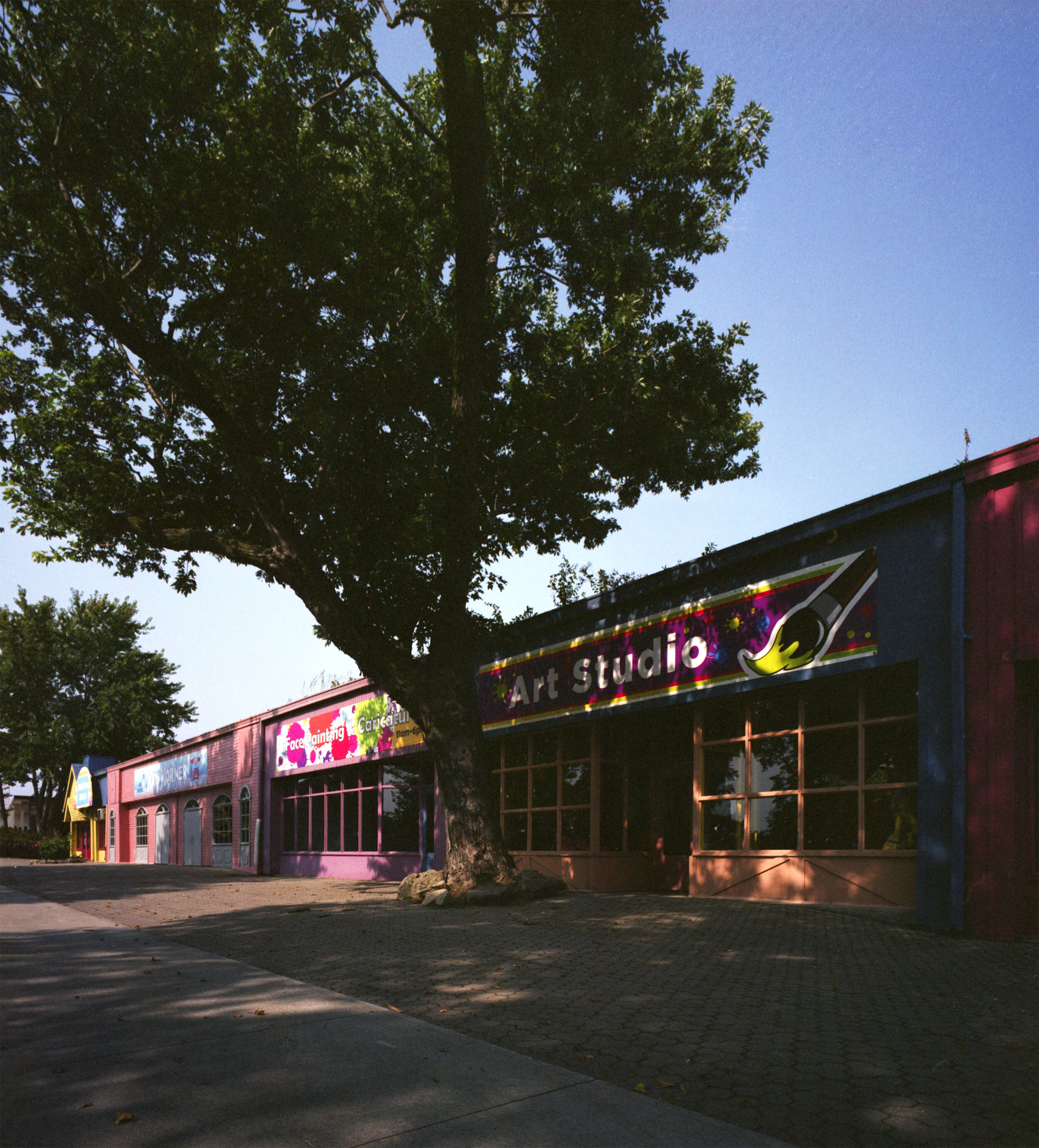Build Quality and handling
The X-Pro 3 is, according to Fuji 497grams with a battery and card in it. I do not believe there is any weight difference between the different finishes. Surprisingly this is a touch less than an X-T3. The camera feels incredibly solid in the hand and the grip is pretty good for the size as well. Everyone’s hands are different so the grip might seem a bit small to you. But I don’t think anyone is going to find much to complain about in the build quality department. The camera is also fully weather sealed now as well so you should be able to shoot in most weather conditions should you have a WR lens as well if that’s a think you like to do.
Handling is one of those things that might take you a bit of getting used to if you’re moving from a previous Fujifilm camera. Gone is the D-Pad on the back of the camera. There is now a simplified control surface and the joy stick. There are two unmarked buttons that are what I personally use to get to my most common settings. However, you can customize most of the buttons and dials on the camera should you find yourself needing even more options.
I’m a person who tends to setup the camera the way I like and then rarely change anything, so the simplified controls are more than enough for my needs.
The camera holds two SD cards which can be setup in various ways. My preferred set up is to have RAW files go to one card and JPEG to the other. This way I never need to import the JPEGs to my computer but have them while shooting to transfer to my phone if I want.
Autofocus and image quality
This far in there are plenty of people on the internet who have talked about the image quality of this camera with lots of samples and charts. I think the main points to get across are that this camera is using a 26.1 mp sensor and will produce very fine detail in your images. Yes, it is not a full frame camera but if you’ve been shooting Fuji for any length of time that should not be surprising to you. Fuji is generally known for how good the jpeg images out of camera are and that still holds true here. Though I often shoot JPEG to one of the two SD cards as I saw above but I tend not to use them day to day.
There are now 17 different film simulation options. You can set any of these and you will see the simulation in the EVF as well. I personally only use a few when I’m out shooting but then try out others in the editing process in Capture One Pro.
With the style of shooting that I do most often blazing fast autofocus is not something I need. That said it has seemed very quick even on older lenes like my 23mm F1.4 and 35mm F1.4. There are a few differences between the optical viewfinder and electronic here. First there are less focus points to pick from when using the optical finder (117 vs 425) but that’s probably not too much of a concern. Second with the optical viewfinder you lose the ability to use face or eye detection autofocus which I think is a bit of a shame.
One tip if you like using face or eye detection mode is if the camera focus on something you don’t want you can press in on the focus stick on the back and switch back to your selected autofocus point quite quickly.








